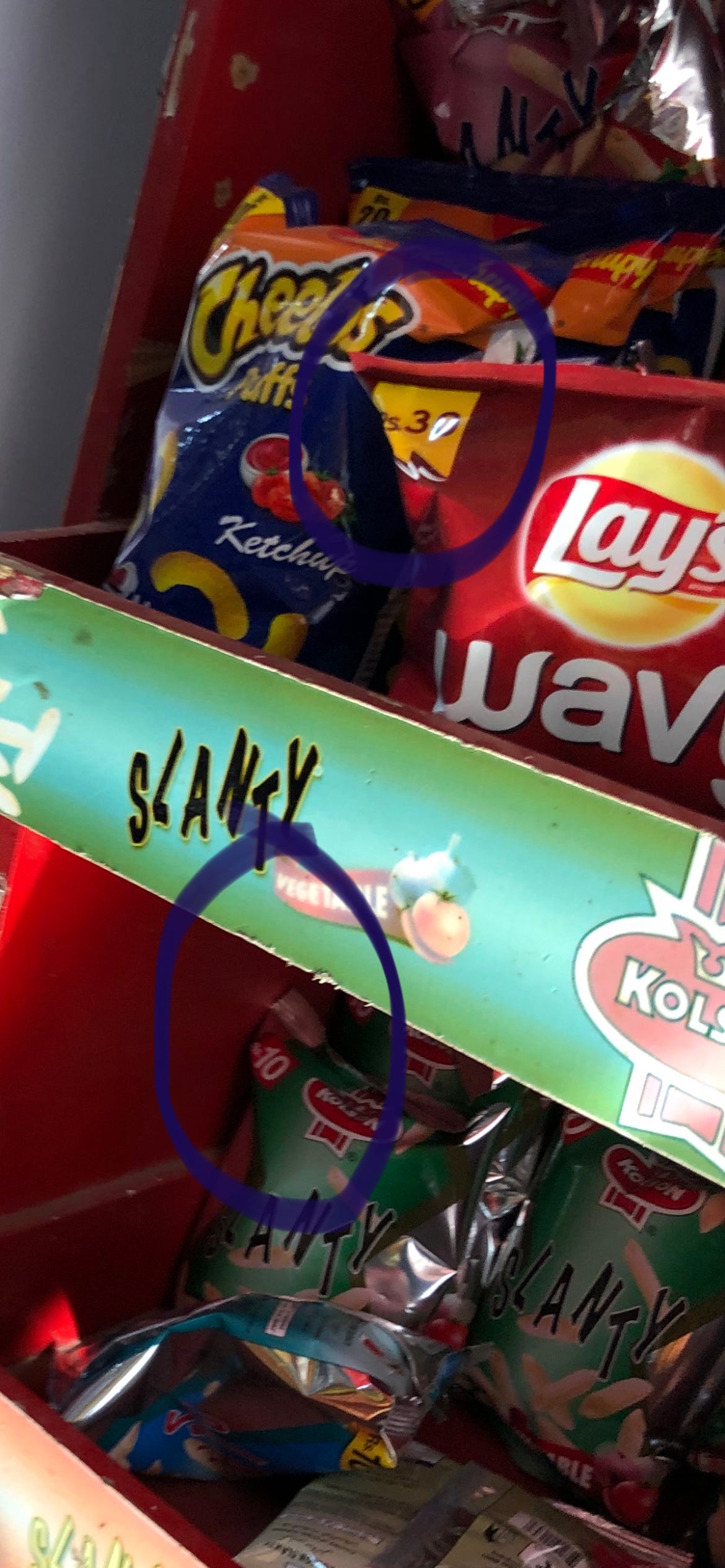SO WHAT IS FUN MONEY IN BRIEF?
On a general level, fun money can refer to sums put aside for discretionary spending on non-core items bringing satisfaction above the needs state and focused on desires. In the context of FMCG, when we talk about the fun money category, we refer to a narrower set of products which occupy a unique price and product profile
OK – SO CAN YOU TELL ME MORE?
Items falling into the realm of fun money would be products from the snacking and impulse categories (biscuits, ice cream, soft drink). The key channel outlet for such products would be mom and pop shops where the business model is constructed around higher volume on relatively lower prices items which also suits the store owners desire to have minimal working capital tied up in stock
WHY IS THIS BUSINESS MODEL RELEVANT TO FMCG?
From a consumer perspective, fun money items are non-core and as such will often be purchased as a treat using excess amounts left in cash; or may be purchased by a small child or a partner with a small denominational amount in notes handed over by the main fiscal breadwinner. They may sell for a small amount of money, but a high volume of sales with bottom of the pyramid consumers soon leads to a large amount of revenue. The low price points also provide opportunities to recruit new consumers that can be driven on the upgradation journey to higher price products within the same brand or company.
ARE THERE ANY SPECIFIC COMPANIES OR MARKETS WE SHOULD BE INTERESTED IN?
Based on the way in which fun money items are purchased, we can at least see that fun money segments would spring up at price points corresponding with the denomination of currencies; and at relatively lower amounts as accorded to the channel construct of mom and pop shop distribution, with a particular prevalence of the fun money segment in developing markets.
I can see three reasons why there is such prevalence of the fun money market in developing markets:
1. Bank notes often have relatively less value. Although fun money could technically be embodied in coins and in notes, in practice it seems that the relative portability of notes means that that is where the fun money segment begins; and therefore in a developing market like India or Pakistan that would start at 10 rupees (5p) whereas in a developed market like U.K., the price point is already too high at the point where £5 begins
2. In developed markets, there is a clear move towards digital payments even in the convenience channel. In such a context, it doesn’t matter that there would be certain price points that yield change if using cash since the exact amount is extracted from the card. We even see some fintech start ups such as Revolut using a round-up function encouraging people to have amounts that are not whole numbers
3. In developed markets, there is relatively more affluence so snacks would be more likely to be treats from health and not fiscal perspective, and therefore the challenge is not necessarily around making sure the products exist at a perfect price point orientating around fun money, but more around proving the occasion to buy impulsively
WHAT ARE THE ECONOMICS OF THE BUSINESS MODEL?
Because of the way the fun money segment is constructed, price and cost structure is established so as to capture the full value of the target denominational note without exceeding it; and without yielding the change in coins unwanted by consumer. According to this principle where price should not rise above or below the price point corresponding with the fun money mark, power to move up on price will be weak. However, for manufacturers the underlying cost base will likely ascend in accordance with inflation, and there will also be consistent margin improvement expectations if part of a listed company.
This will therefore give four possible courses of direction:
1. Accept lower gross margin. This may be acceptable if the product at fun money price point helps recruitment into more premium sizes and formats with higher gross margin.
2. Downsize the product fill. It may be possible to retain the original packaging and reduce the contents, making the consumer feel nothing has changed but improving gross margin. However, the risk of this is progressive dissatisfaction, particularly in the beverages category the consumer does seem to be instinctively able to sense volume changes.
3. Reformulate the product to remove goodies. There are always changes which could be made on the product to reduce costs. To take a soft drink as an example, it might be replacing natural sugar with HFCS in the formula, or lightweighting the plastic used. This could be ok if the fun money item is viewed by consumer as a little luxury without them necessarily having high functional expectations, but it could risk alienation if changes are too aggressive
4. Price up. To an extent this is the atomic option since as mentioned above there are many factors leading to why price is as it is, however this option might be ok if a product has exceptional loyalty or brand equity. If such loyalty does not in fact exist, it could lead to switching and crash the brand

ANYTHING ELSE OF INTEREST?
One final point it is worth noting here is the difference between the concept of fun money and the lipstick effect: lipstick effect is about substitution of one expensive item for something cheaper, whereas fun money exists more as an add on to core items



